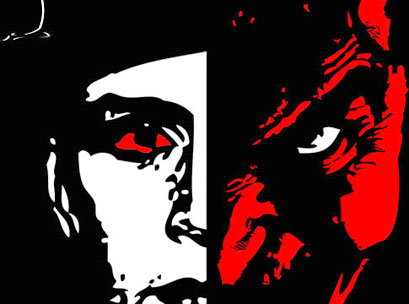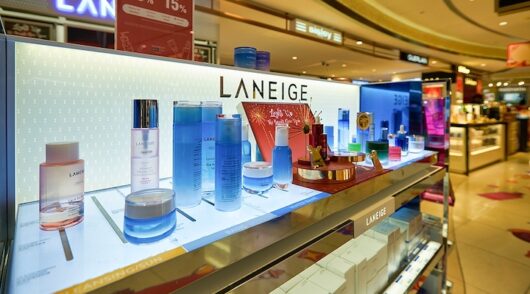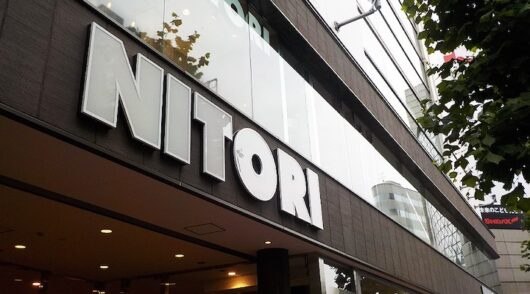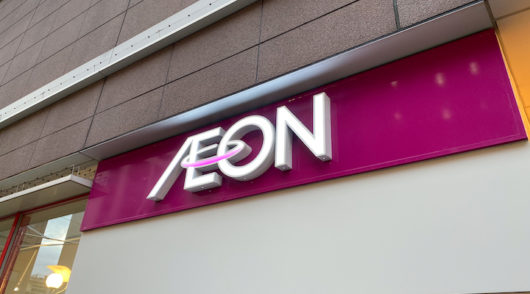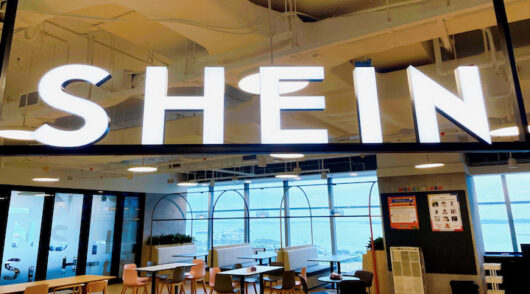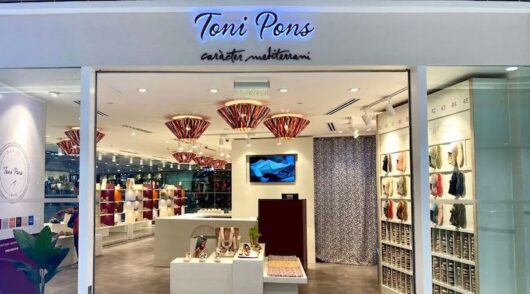In Robert Louis Stevenson’s classic cautionary tale of good versus evil, the mild-mannered Dr. Jekyll took a potion and transformed into the monstrous Mr. Hyde.
There’s a parallel in modern retail. We’ve slipped shoppers the “discount drug” once too often and now they’ve turned against us.
It all started innocently enough, with twice-a-year sales and genuine but modest savings.
Then retailers upped the frequency and level of the discount dosage to 30% off, 50% off, 70% off.
And now with the rise of the smartphone, price comparison apps and websites, the customer has taken control, assuming a “take no prisoners” attitude to price and often (loudly) negotiating what they are prepared to pay.
(In December 2010, US Wired Magazine memorably termed the newly empowered customer “retail hackers” and the “reconception of shopping as a contact sport in which (they) increasingly refuse to buy on the terms dictated to them.” Nicely put, in my opinion.)
We’re starting to count the cost of this behaviour. A report last month out of the US claimed that 33 per cent of US shoppers with a smartphone went online while in store to compare the retailer to a rival’s website.
One in four of those customers then left the shop and bought from a competitor. (Here’s a good question to ponder: how many shoppers are you failing to convert, and where are they going when they leave your store or your site?)
There’s not much point in fighting fire with fire, because retailers end up in a price war they either can’t win, or where everyone loses. And by focusing on price, the customer’s ultra-rational side – their Mr. Hyde – takes over.
In a Harvard Business Review article entitled “How to Stop Customers Fixating on Price”, authors Bertini and Wathieu warned of “The Perils of Price Discounting”.
Their research showed that customers who were exposed to an additional discount became “immune” to the quality of what was on offer in the first place. Simply put, all they cared about was the price.
So now retailers around the world are trying to change the promotional emphasis away from price and change those Mr. Hydes back into Dr. Jekylls.
It’s not easy. US department store JC Penney has struggled to move away from “high-low” pricing to “everyday low price”. (Interestingly, Australia’s Kmart has been far more successful.)
We can’t pretend that price isn’t important, but the trick is to put it in perspective, and reassure shoppers that they are getting a good deal.
Bunnings has been doing it for years with their price guarantee, and their promise that “Lowest Prices are Just the Beginning”.
Once customers are confident that they are not getting ripped off (we’re all ruled by fear), we can engage them in what really counts – great product, memorable service and unforgettable experiences.
The best example I have seen recently is by UK supermarket Sainsbury’s with their “Brand Match” program.
When shoppers spend 20 pounds or more, and have at least one branded product in their baskets, Sainsbury’s automatically calculate at the till the difference in price compared with two other leading supermarkets – Asda and Tesco.
If you’ve saved money, it says so on the docket(clever you); if you paid too much, you get a credit to use next time you shop.
There are many other strategies to shift the argument away from price. You can introduce more exclusive product, develop private label or just be more creative with pricing for example.
You need to build your own method of coping with one of the biggest issues in retail today. Ignore it, and you’ll continue to bring out the hideous Mr. Hyde in your customers.
Jon Bird is CEO of specialist retail marketing agency IdeaWorks and Chairman of Octomedia, publisher of Inside Retail. Email Jon. Read his blog. OnTwitter: @thetweetailer

